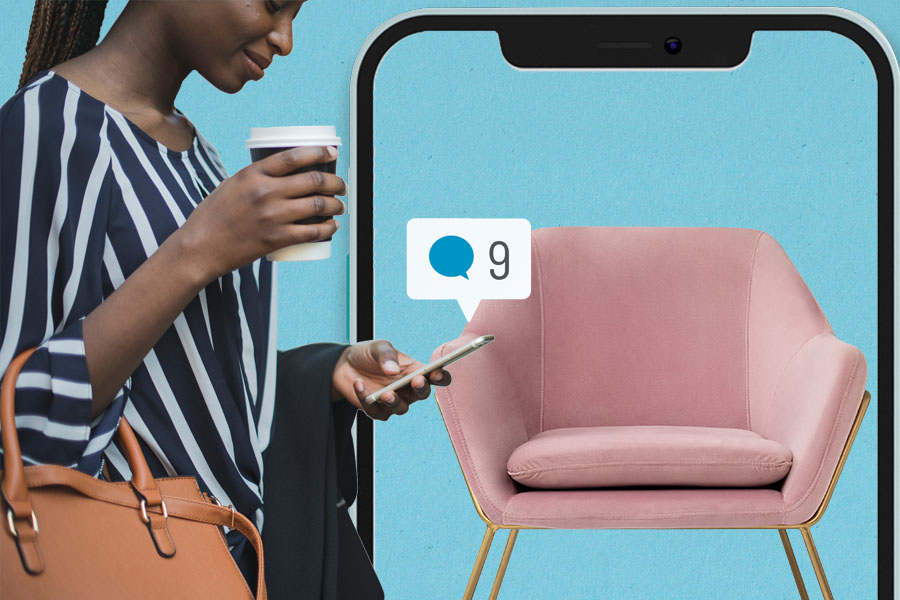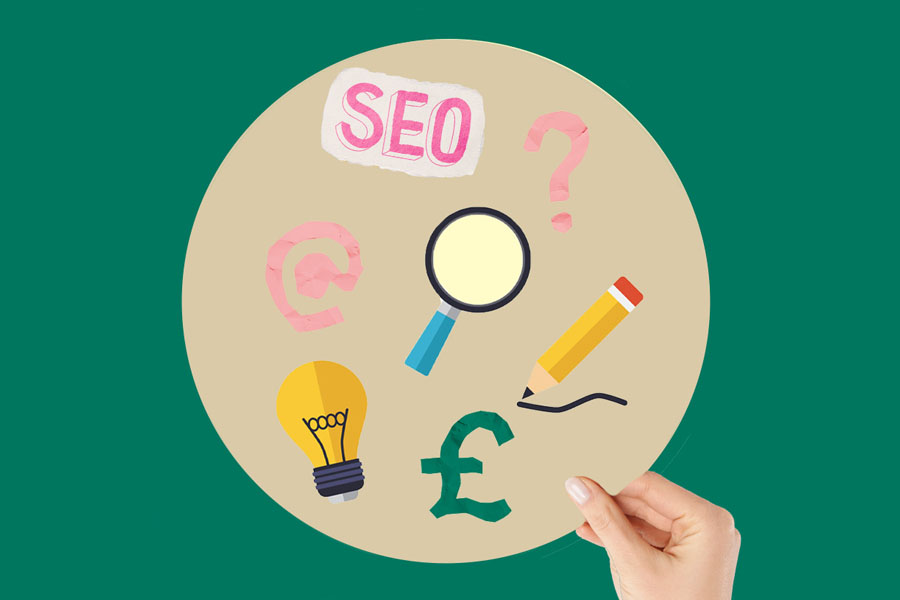Having worked with both global brands and independent start-up companies to help them engage their audiences, I believe that brand storytelling is one communication tool that transcends all marketing channels.
Stories capture attention and allow you to connect with your customers on a deeper level, and should form the basis of all communication efforts, from customer experiences to social media content, collaborations and marketing campaigns.
Advertising agencies have been applying this concept for years and it’s one you can employ too once you appreciate the correlation between you, your brand values and the customer experience. As its founder, you are your brand, and therefore an authoritative and perfectly placed storyteller. No-one knows more about the qualities and processes that are unique to your brand than you do. Don’t be afraid to educate your audience about your craft and the dedication involved and allow them fully appreciate the value of your products.
Here are three brand storytelling examples which I want to highlight especially for small brands:
PAYNTER EXAMPLE: THE VALUE DRIVEN STORY
Identifying your customer is a vital component to good brand storytelling. A researched understanding of who your audience is, their needs, aspirations and habits will shape how and what you communicate.
The trick is linking your product knowledge with an understanding of your customer to illustrate just how the product will enrich their lifestyle, creating an effective story that shows the values at the heart of your brand and conveys how they resonate with those of the customer.
The fashion brand “Paynter” tells their brand story and product extremely well. There is just one product; a jacket, which is made in limited numbers and only available to buy a few times a year. With a precise understanding of what their customer is looking for and a clearly defined ethos, all their marketing efforts immediately identify their niche customer and take them on a journey of discovery through the entire production process.
Cleverly drawing into the brand’s world, Paynter creates a genuine interest and desire for the jacket. Because the audience sees each element being carefully (and lovingly) sourced, they become emotionally involved in the process, gaining a full appreciation for the product’s worth. Through demonstrating their quest for perfection, the brand generates high demand and every batch released has sold out almost immediately.
WEALD HANDMADE EXAMPLE: THE DESIGN AND SKILL STORY
If you are a craftsperson, your skill and passion bring an emotional dimension to your story. More and more customers are placing a high value on owning products created by hand, savouring the bespoke, original qualities a handmade piece offers and enjoying a connection with the artisan behind the product. Stories that illustrate your craftsmanship, your inspiration and your design choices emphasise the virtues of a handmade product and create a personal connection between your brand and the customer.
The slow fashion brand “Weald Handmade” celebrates traditional techniques and the beauty of leather as a material. The designer connects with her audience by conveying her shared values – portraying a lifestyle dedicated to sustainable living that resonates with her target customer.
Part of the brand storytelling strategy, the brand engages with behind-the-scenes insights, explanations of their designs and stories of their customer’s experience, continually developing an ongoing conversation with their audience. It’s a great example of how a brand founder is best placed to promote the positive assets of her products and the tangible, emotional responses they evoke by nature of the fact that customers understand the inherent qualities and characteristics of the materials and processes involved.
BLACK & SIGI EXAMPLE: THE MATERIAL STORY
A fabric handwoven with silk and cashmere might create a feeling of luxurious comfort and warmth, a made-to-measure garment may produce a proud confidence, whilst a sustainable product can instil a satisfaction of supporting a cause close to one’s heart.
Even in the current climate, if you really understand your audience’s emotional connections to your product, you can identify smaller sub-stories, which enable you to form specific campaigns you know will resonate.
Jewellers “Black & Sigi” launched a limited edition collection that focused on one brand storytelling element. Considering the recent lifestyle shift and new concerns of their audience, the design duo released a range of necklaces that incorporated the semi-precious stones many of their customers consider having qualities that promote wellbeing. The pieces perfectly connected the assets of the brand with the needs of the customer and proved very popular, with many customers buying several different designs.
In conclusion, knowing the interests, habits and needs of your audience helps to shape your brand storytelling efforts and identify your most significant brand values. It will also reveal the best channels through which to engage them, allowing you to concentrate and direct your efforts. Take every opportunity to get to know your customer. The more you connect with them, the deeper your understanding of their needs becomes. Chat with them at events or in-store and engage on social media.
Remember, the most effective stories are those that clearly understand the customer’s perspective. So, take notes, to grow your customer base you must consistently demonstrate the physical and emotional benefits of your craft and narrate a story in which your audience can envisage themselves.
Written by: Aimee Stammers
Aimee is a PR and marketing expert who specialises in brand storytelling. She helps brands to build brand awareness through bespoke strategy plans.
Website: aimeestammers.com | IG: @aimeestammers
Inside our KNOWLEDGE SHARE membership we delve into specific ideas for communicating your brand’s message, giving you the tools, templates and processes which you can apply in your business straightaway. If you want to find out about it more, please click or tap here.










